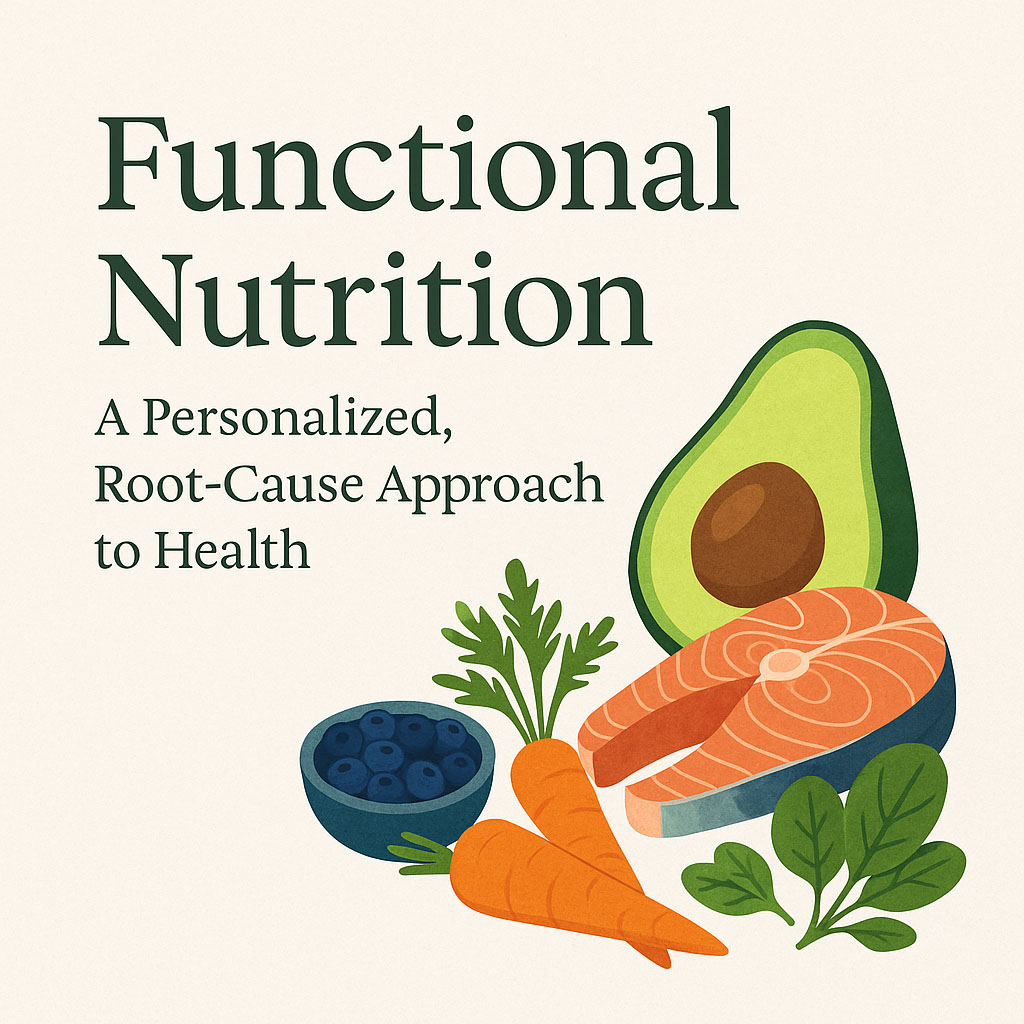When people think about muscles, they often imagine bodybuilders flexing in the gym or athletes pushing their physical limits. However, the importance of muscle mass extends far beyond aesthetics or athletic performance. Muscles are integral to overall health, influencing everything from metabolic function to mental well-being. Whether you’re young or old, physically active or sedentary, building and maintaining muscle mass is crucial for a healthy life.
1. Metabolic Health: Muscles as Calorie Burners
Muscle tissue is metabolically active, meaning it requires energy to maintain. Even at rest, muscles burn calories, helping to regulate metabolism and maintain a healthy weight. More muscle mass equates to a higher resting metabolic rate (RMR), which means your body burns more calories throughout the day, even when you’re not exercising. This can be particularly beneficial for weight management and preventing obesity, which is linked to numerous health issues like diabetes, heart disease, and certain cancers.
2. Enhanced Strength and Physical Function
Muscles are vital for physical strength and functional movement. Strong muscles improve your ability to perform daily activities such as lifting, walking, and climbing stairs, reducing the risk of injury. As we age, maintaining muscle mass becomes even more critical. Sarcopenia, the age-related loss of muscle mass and strength, can lead to frailty, falls, and a decline in the quality of life. Regular strength training can combat sarcopenia, helping older adults stay active and independent for longer.
3. Bone Health and Injury Prevention
Muscles and bones are closely connected; strong muscles support healthy bones. Weight-bearing exercises, such as resistance training, stimulate bone growth and improve bone density. This is particularly important for preventing osteoporosis, a condition where bones become weak and brittle. Additionally, strong muscles help stabilise joints, reducing the risk of injuries like sprains and strains during physical activities.
4. Cardiovascular Health
While cardiovascular exercise like running and swimming is often highlighted for heart health, building muscle also plays a role in maintaining a healthy cardiovascular system. Strength training has been shown to improve blood pressure, cholesterol levels, and insulin sensitivity, all of which are critical factors in reducing the risk of heart disease. Moreover, regular muscle-building exercises can enhance circulation and reduce inflammation, further protecting the heart.
5. Mental Health and Well-being
The benefits of muscles extend to mental health. Physical activity, particularly strength training, releases endorphins, the body’s natural “feel-good” hormones, which can reduce stress, anxiety, and depression. Additionally, the confidence and empowerment gained from becoming stronger can enhance self-esteem and body image, contributing to overall mental well-being.
6. Support for Immune Function
Recent research suggests that skeletal muscle plays a role in immune function. Muscle tissue produces and releases myokines, which are signalling molecules that help regulate immune responses and reduce inflammation. This means that maintaining muscle mass could potentially boost your immune system, helping your body fend off illnesses more effectively.
7. Longer Lifespan
Muscle mass is not just a marker of physical fitness; it’s also a predictor of longevity. Studies have shown that people with higher muscle mass tend to live longer, healthier lives. This is partly because muscle mass is associated with better metabolic health, reduced inflammation, and lower risk of chronic diseases. By investing in muscle-building activities now, you are likely to enjoy a higher quality of life as you age.
How to Build and Maintain Muscle Mass
Building and maintaining muscle doesn’t require spending hours in the gym or lifting heavy weights. Here are some tips to help you incorporate muscle-strengthening activities into your routine:
- Strength Training: Engage in resistance exercises like weightlifting, bodyweight exercises (such as press-ups, squats, and lunges), or resistance band workouts at least two to three times per week.
- Protein-Rich Diet: Consume adequate protein to support muscle repair and growth. Lean meats, fish, eggs, dairy, legumes, and plant-based protein sources are all excellent options.
- Stay Active: Incorporate physical activities into your daily routine, such as walking, gardening, or cycling. Even small amounts of activity can help preserve muscle mass.
- Adequate Rest and Recovery: Muscles need time to recover and grow stronger after exercise. Ensure you’re getting enough sleep and taking rest days between intense workouts.
- Progressive Overload: Gradually increase the intensity of your workouts by adding more weight or resistance, increasing the number of repetitions, or trying more challenging exercises to continue building muscle over time.
Conclusion
Muscles are far more than just aesthetic features or tools for athleticism—they are vital for overall health. From boosting metabolism and supporting bone health to enhancing mental well-being and potentially extending your lifespan, the benefits of maintaining muscle mass are profound. Regardless of your age or fitness level, prioritising muscle health through regular exercise and proper nutrition is one of the best investments you can make in your long-term health and quality of life.


